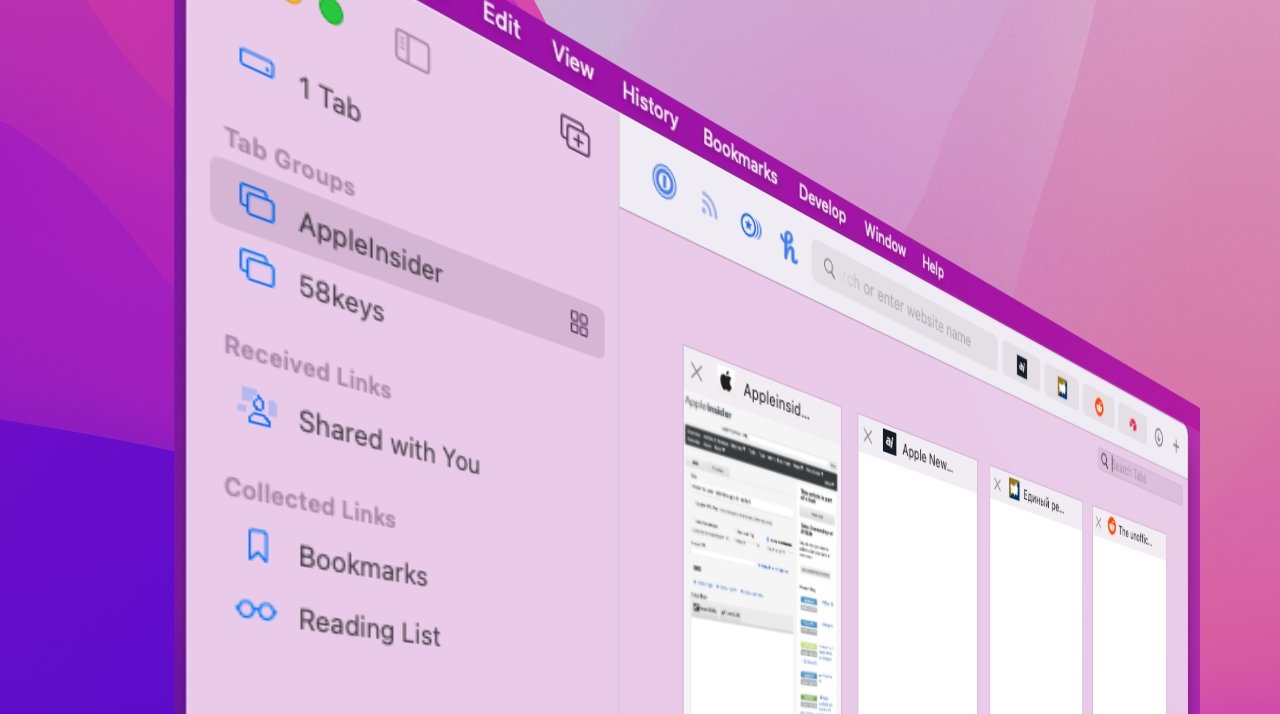

But I also have a couple of shortcuts to do this. I could activate it again with Control Up Arrow and go to Desktop #1. Now I can use Mission Control to select the Desktop like that. I'll add another and you could see I could move a window. I'm going to use Command Up Arrow here and you could see I have one Desktop. So Mission Control allows you to have multiple Desktops. So I could use Spotlight, Command Space, look for TextEdit, and then you could see it just brought that to the front. It's just another way to bring things to the front.Īny other way you use to launch an app you could also use to bring an app to the front. So, for instance, I could use the Dock here and go to Pages and you could see it brings all of the Pages windows to the front. But if it's already running it just brings that to the front. So when you go to launch an app, if it isn't running it will launch. But you could also switch to another app the same way you launch it. If I click that and it will bring that window to the front and Calculator is now the app that I'm using. So for instance here I see the Calculator window peaking through behind TextEdit. For instance, you can just click the window, if you can see it. Now, of course, you can also switch apps lots of other ways. Shift Tab moves backwards and then when you release the Command key whichever app is highlighted will move to the front.

The Switcher comes up and every time you use Tab you move forward on the list.

That is simply to hold the Command key down and then tap Tab on your keyboard. I have several apps open here and the easiest way to switch between the apps that I already have running is to use the App Switcher. So how do you switch between all of these things?įirst let's talk about Apps. You've got multiple windows inside those apps and sometimes even tabs inside those windows. So when you're using your Mac you're almost always multitasking. Join us and get exclusive content and course discounts. There you could read more about the Patreon Campaign. MacMost is brought to you thanks to a great group of more than 1000 supporters.
#Switch safara windows mac keyboard how to
Today let me show you how to switch between apps, Desktops, Windows, and Tabs. Video Transcript: Hi, this is Gary with. Just make sure that your cursor isn’t in a text field on any window displayed in a tab if so, this shortcut will hit a dead end when it reaches such a window.Check out How To Switch Between Mac Apps, Desktops, Windows, and Tabs at YouTube for closed captioning and more options. Command-Shift-Left Arrow or Right-Arrow will take you from one tab to the other. Once I’ve got some tabs open in Safari, I often want to switch from one to another but I certainly don’t want to use the mouse for that. Safari’s Tabs preferences let you choose how you want tabbed browsing to work, and show you the available keyboard shortcuts according to your settings. (These shortcuts are reversed if you don’t select the When A New Tab Or Window Opens, Make It Active option.) To open a tab in the front, use Command-click. I use this a lot when I’m doing research on the Web and want to open several pages from search results without looking at them right away. The shortcut I use most is Command-Shift-click, which opens a new tab in the background. Go to Safari -> Preferences and click on Tabs to see these. Safari’s Tabs preferences show the shortcuts you can use to create new tabs. Safari’s tabbed browsing is a practical way to have several Web pages open at once without getting confused by multiple windows. It’s fast and efficient, and doesn’t make me dizzy watching the page move up and down. Need to go back up a screen? Press Shift-Spacebar. Just press the spacebar, and Safari scrolls down one screen. When I get to my favorite Web page, I rarely bother to use scroll bars, or even my trackpad, to scroll. Double-clicking an entry in the History list takes me to that page, and pressing Command-Option-2 again takes me back to the previously visible Web page. I can type a word or two and narrow down the display to find what I want. Pressing Command-Option-2 takes me to the History list, and puts the cursor in the search field. There are times when I want to browse my History list to find a Web page I visited recently, but whose URL I can’t remember.


 0 kommentar(er)
0 kommentar(er)
